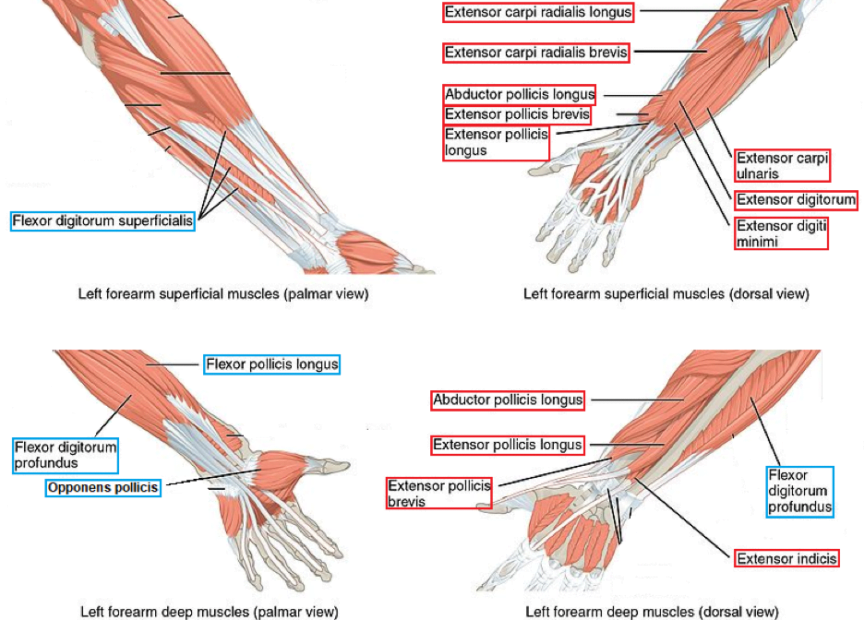Upper extremity injuries are one of the common reasons for visits to the emergency department. A quick physical exam, including both motor and sensory exam of the hand, can help triage the severity and urgency for referral to upper extremity specialists. When assessing the distal peripheral nerve motor functions of the hand, try using this mnemonic: “Rock, Paper, Scissors”.


The combinations of movements by muscles innervated by the three peripheral nerves make up the gestures of “Rock, Paper, Scissors”.
Median Radial and Ulnar are also in alphabetical order, corresponding to Rock, Paper, Scissors, respectively. An examination of the peripheral nerve motor functions should entail the assessment of active and passive movements as well as resisted isometric strength of each muscle group. The sensory function of the three peripheral nerves should also be examined carefully in addition to motor function examination.
This post was reviewed by Daniel Ting and copyedited by Pouria Rezapour.
References
- 1.Betts G. The Muscular System. Anatomy & Physiology. https://openstax.org/details/books/anatomy-and-physiology. Published 2017.
Reviewing with the Staff
Testing the peripheral nerves of the upper extremity are a key part of the musculoskeletal exam to rule out neurovascular injury in the Emergency Department. Muscles of the forearm and hand are incredibly intricate, numerous, and hard to remember outside of the classroom or exam date. Mnemonics like this one that use simple terms like rock-paper-scissors help to integrate a thorough assessment into your routine physical exam.



